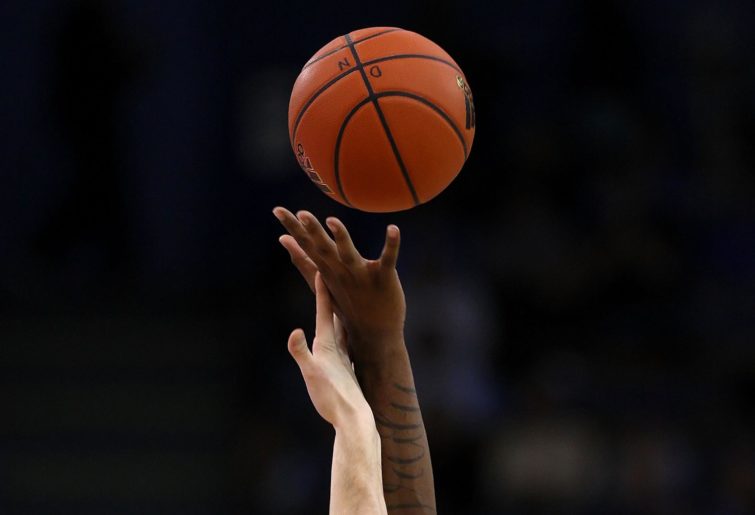
Steph Curry for three in Oklahoma City, Jrue Holiday’s steal and alley-oop to Giannis Antetokounmpo in the Finals and Kobe Bryant’s lob to Shaquille O’Neal to seal the 2000 Western Conference Finals.
Apart from being the NBA’s most iconic end of game moments, they all share something else in common. None of these scenarios would have played out if the respective coaches had not put their faith in these special players, and walked to the referee and signalled the T for timeout.
While basketball can be best described as a “fast-paced game, full of excitement and scoring”, the last few minutes of a close game can feel like quite the opposite for the fans watching on.
Timeouts, replay reviews, free throws, coaches’ challenges, and fouls have become an accustomed part of the game for most fans in an otherwise free-flowing, high-tempo sport. And it can become frustrating for onlookers, in particular during close games, which can take a long period of time to resolve.
Sports opinion delivered daily
function edmWidgetSignupEvent() {
window.roarAnalytics.customEvent({
category: ‘EDM’,
action: ‘EDM Signup’,
label: `Shortcode Widget`,
});
}
Last month in the NBA, a Milwaukee Bucks-Brooklyn Nets game took an absurd 21 minutes of real time to conclude the final 17 seconds of game time. And the day before this, a Clippers-Lakers game consumed nearly 20 minutes of real time to finish the last 20 seconds of game time.
Basketball is a rare sport where teams can stop time and win tactically, even though that team may have been in a poor situation a minute or two earlier. It’s what makes basketball unique. But is it for the greater good?
As mentioned, there is a slew of reasons why an NBA game needs stoppages and without them, the game would lose its flow. But to restrict the amount of real time dragging out at the end of these games, something needs to change.
The first thing fans often get frustrated by when talking about the long endings of NBA games is the replay review. Since its somewhat recent introduction in the 2002-03 season, it’s often referred to as a turning point for the never ending-endings.
According to data based off the real time duration of the last minute of games since the replay review was introduced (2002), on average close games were taking eight minutes to conclude the final minute of game time. This was found to be four times as long as regular games decided by more than five points in margin.
It doesn’t take much to work out that eight minutes is a long time to resolve a single minute of basketball action.

(Photo by Lisa Blumenfeld/Getty Images)
But additional research found that reviews may not be the cause of this. On average, reviews only take about 30 seconds to conduct, with the rare case going over five minutes. And in a fan survey, two-thirds of fans still believe that ensuring referees get the call right under a review system is more beneficial than scrapping reviews completely.
Executive Vice President of the NBA’s strategy and analytics, Evan Wasch, revealed on the Thinking Basketball podcast that the league are trialling ways to prevent the stagnation of close games.
According to Wasch, in-game free throws and administrating fouls, which occur twice as much at the end of close games, are taking away an average of 20 minutes of real time from an NBA game.
The NBA have trialled over the last two seasons in their reserve league, the G-League, a system that limits free throws in a game. Instead of players shooting two free throws worth one point each at the line, players had only one shot, but worth two points.
It took some time out of games, but Wasch said it wasn’t as much as he expected.
“Given the expectation players have had their whole career of catching their breath during that free throw break, they took more time to get through the free throw process,” he said.
“So you saw a slower process.”
But the biggest contributor to halting momentum at the end of games would be timeouts. Each team is allowed seven timeouts per game, with the savviest teams saving on average two timeouts for the final minutes of a game.
NBA stats page, Bballytics, put together a chart that showed the number of timeouts taken by teams in each minute of each quarter in games last season. It showed a whopping 1390 timeouts were taken by teams in the last minute of a game, with the next highest being 768 timeouts in the eighth minute of the last quarter.
This means on average two timeouts were called in the last minute of games last season. But if we only include every close game of last season, that number goes to an average of nearly four timeouts being called in the last minute of games.
Essentially, drawn-out finishes are in most part happening because teams are taking a ridiculous amount of timeouts to try and strategise their final plays.
Limiting teams to a maximum of one 20-second timeout each in the final minute of play would radically increase the unpredictability and excitement of finishes and make them more engaging for fans and even its players to be a part of.
While admittedly not the NBA’s most glaring problem, a quick fix could go a long way to harbouring new fans to the game and allow more of these exhilarating moments into basketball.